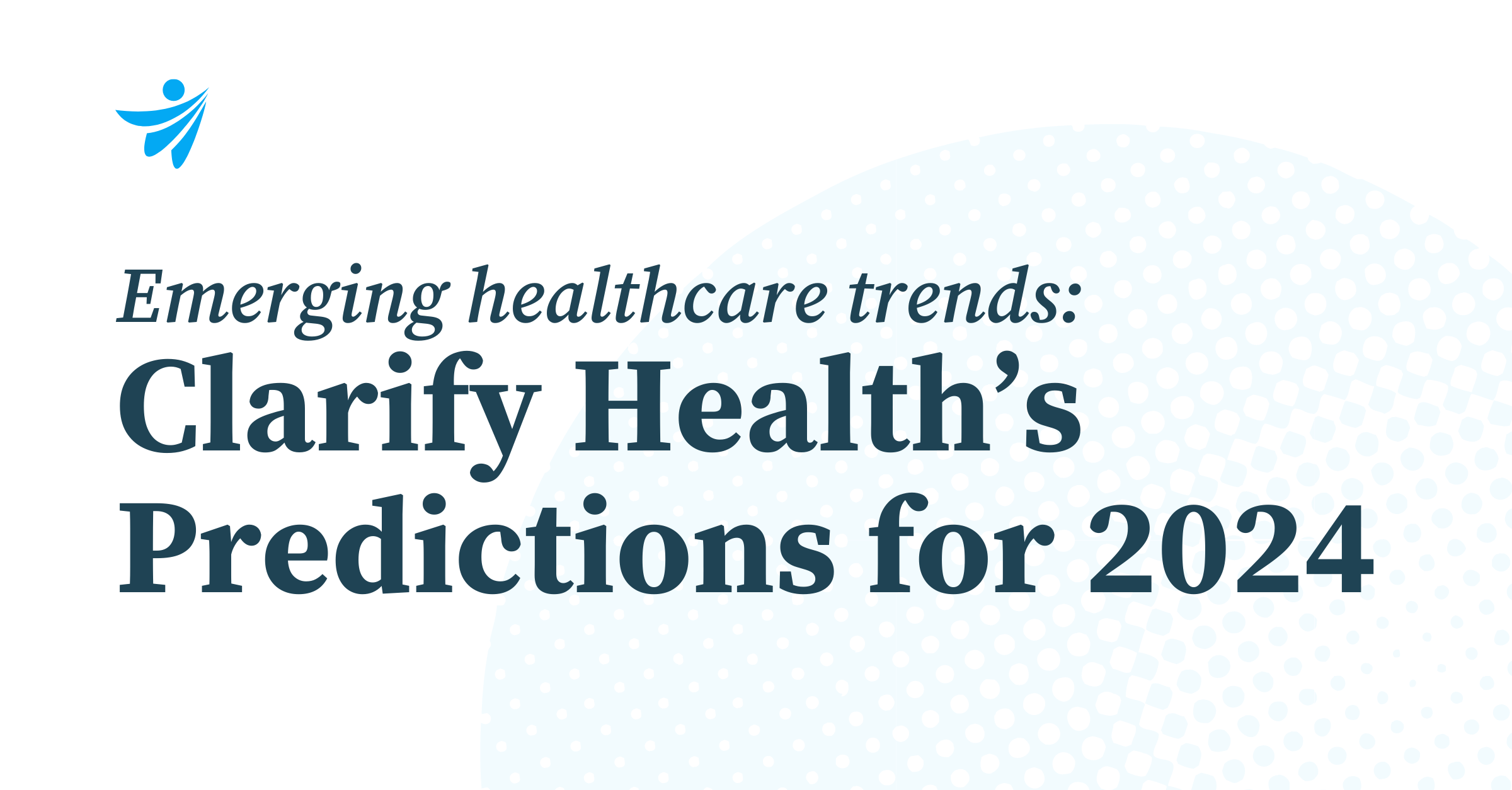
Healthcare Insights
Dec 18, 2023
February 3, 2023
February marks American Heart Month, a time to recognize the importance of heart health and encourage people to take care of their hearts. Currently, 120 million Americans are living with one or more cardiovascular conditions, and each year, heart disease remains the leading cause of death in the United States, with approximately 700,000 deaths annually. Although the risks of heart disease are well known, an analysis by the Clarify Health Institute (CHI) of recent commercial and Medicaid insurance claims for over 44 million American adults further highlights the clinical and economic burden of heart disease for patients and the broader U.S. healthcare system. CHI found that in 2021, commercially-insured patients with heart disease had1: Similarly, patients with heart disease insured through Medicaid managed care plans had2: Using Clarify standard amount methods, care for adult patients with heart disease is, annually: Some of these differences in resource use are driven by other patient differences. For example, patients with heart disease in Clarify’s commercial and Medicaid samples were substantially older on average. They also had a greater prevalence of comorbidities overall. On average, patients with heart disease had 5.5 and 6.4 times the total number of chronic conditions compared to other adults in the commercial and Medicaid populations, respectively4. Regardless, these striking statistics highlight the heavy burden that heart disease imparts on patients, their families, clinicians, health systems, employers, and other payers. According to the Centers for Disease Control and Prevention (CDC), heart disease is the cause of one out of every five deaths. Fortunately, there are several steps people can take to protect their hearts and reduce their risk of heart disease, such as receiving regular medical checkups, eating a healthy diet, staying physically active, and managing existing conditions such as diabetes and high cholesterol. Heart disease is a silent killer that can take a serious toll on our health and well-being. In support of American Heart Month, Clarify Health Institute’s research reinforces why it’s so important to do what we can to prevent it. Taking care of your heart is one of the best investments you can make in ensuring overall good health. Clinicians, health systems, and payers can further promote population health by focusing on heart disease and its causes, particularly for at-risk populations. So, this American Heart Month, let’s commit to protecting our hearts and ensuring the health and well-being of future generations. Footnotes: